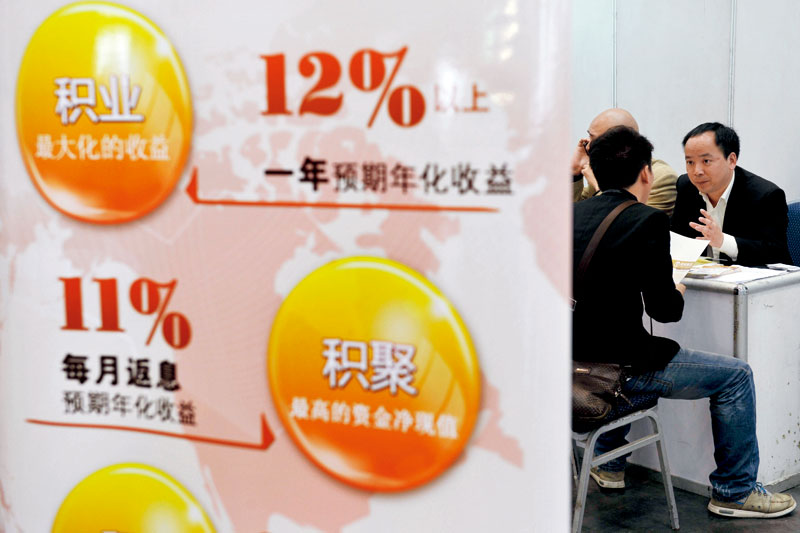Asset-Management Rules Are On Track, Official Says

China’s financial institutions can expect to face new regulations on asset management as soon as the end of this month, an official close to the central bank said. Regulators are determined to tame the risks in the $16 trillion industry, the official said.
The new rules creating an overarching regulatory framework for the asset-management industry are likely to go into effect in late April or early May as administrative procedures are completed, the official said.
Regulators have no intention of delaying implementation of the new rules, the official said. Overseas media reported Wednesday that regulators would postpone the regulations because simmering trade tensions with the U.S. have already caused jitters in financial markets and they are concerned that the new rules would add further to volatility.
An official close to the State Council also told Caixin that implementation of the new rules will not be affected by the trade spat.
China’s top policymakers in late March approved sweeping rules covering all types of asset-management products offered by financial institutions. But detailed documents have yet to be made public, fueling speculation that regulators would postpone implementation.
Separate sources with knowledge of the matter said regulators are determined to crack down on risks in the asset-management market and bring the loosely regulated “shadow banking” sector under proper oversight.
China’s massive asset-management market, with 102 trillion yuan ($16.1 trillion) invested at the end of 2016, has been plagued by lax supervision, excessive leverage and risks from mismatches between the duration of products and the maturity of assets. The industry has created a complex web outside the formal banking system, including 30 trillion yuan of investment products managed by banks and 53 trillion yuan issued by securities brokerages.
The new rules, representing a joint effort of top financial regulators, will introduce industrywide requirements on leverage ratios, risk reserve funds and investment restrictions covering all types of asset-management products offered by financial institutions, including banks, brokerages, trust firms and insurance companies.
A draft version of the rules issued in November for public comment set off months of heated debate. Many institutions pushed back, asking for less strict requirements, such as an extension of the grace period and a lowering of proposed barriers for investments using asset-management funds.
Contact reporter Han Wei (weihan@caixin.com)

- 1In Depth: China Unveils More Nuanced Economic Plan for 2026
- 2Cover Story: How China Inc. Is Discovering Its New World in Brazil
- 3CATL Tests Humanoid Robots on Battery Production Lines
- 4Hainan to Launch Closed Customs Operations for Free Trade Port
- 5In Depth: How a Chinese Mining Giant Learned to Win in Brazil
- 1Power To The People: Pintec Serves A Booming Consumer Class
- 2Largest hotel group in Europe accepts UnionPay
- 3UnionPay mobile QuickPass debuts in Hong Kong
- 4UnionPay International launches premium catering privilege U Dining Collection
- 5UnionPay International’s U Plan has covered over 1600 stores overseas






